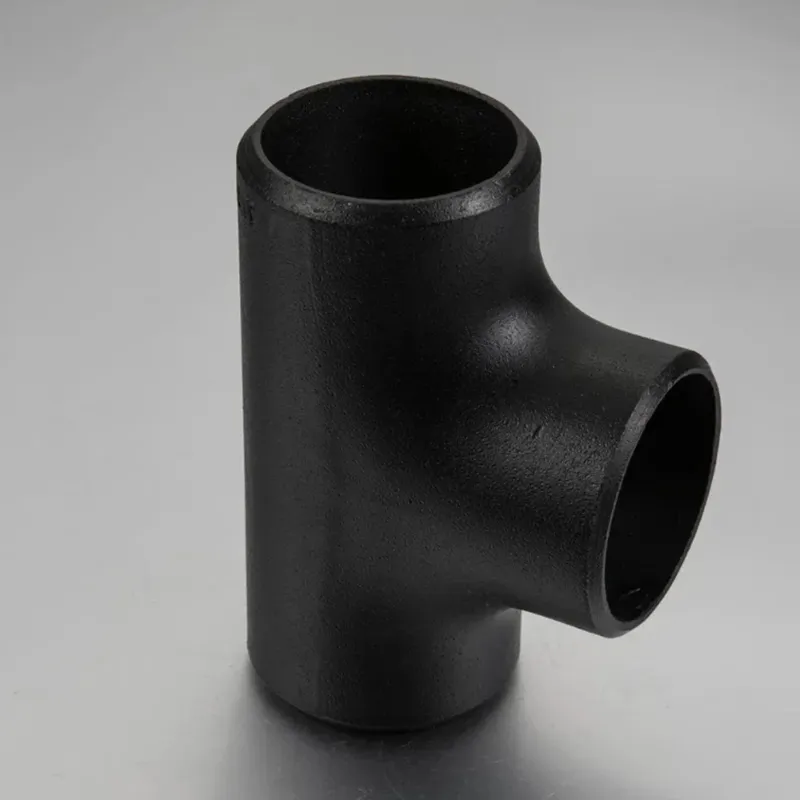-
Cangzhou Yulong Steel Co., Ltd.
-
Phone:
+86 13303177267 -
Email:
admin@ylsteelfittings.com
- English
- Arabic
- Italian
- Spanish
- Portuguese
- German
- kazakh
- Persian
- Greek
- French
- Russian
- Polish
- Thai
- Indonesian
- Vietnamese
- Zulu
- Korean
- Uzbek
- Hindi
- Serbian
- Malay
- Ukrainian
- Gujarati
- Haitian Creole
- hausa
- hawaiian
- Hebrew
- Miao
- Hungarian
- Icelandic
- igbo
- irish
- Japanese
- Javanese
- Kannada
- Khmer
- Rwandese
- Afrikaans
- Albanian
- Amharic
- Armenian
- Azerbaijani
- Basque
- Belarusian
- Bengali
- Bosnian
- Bulgarian
- Catalan
- Cebuano
- China
- China (Taiwan)
- Corsican
- Croatian
- Czech
- Danish
- Esperanto
- Estonian
- Finnish
- Frisian
- Galician
- Georgian
- Kurdish
- Kyrgyz
- Lao
- Latin
- Latvian
- Lithuanian
- Luxembourgish
- Macedonian
- Malgashi
- Malayalam
- Maltese
- Maori
- Marathi
- Mongolian
- Myanmar
- Nepali
- Norwegian
- Norwegian
- Occitan
- Pashto
- Dutch
- Punjabi
- Romanian
- Samoan
- Scottish Gaelic
- Sesotho
- Shona
- Sindhi
- Sinhala
- Slovak
- Slovenian
- Somali
- Sundanese
- Swahili
- Swedish
- Tagalog
- Tajik
- Tamil
- Tatar
- Telugu
- Turkish
- Turkmen
- Urdu
- Uighur
- Welsh
- Bantu
- Yiddish
- Yoruba

Dec . 05, 2024 14:47 Back to list
flange reducer
Flange Reducers An Essential Component in Piping Systems
In the world of piping and plumbing, the term flange reducer often comes up when discussing the efficiency and practicality of various piping systems. A flange reducer is a type of fitting that plays a crucial role in the seamless operation of pipelines, enabling the transition between different pipe sizes. Understanding the significance of flange reducers is vital for engineers, contractors, and maintenance teams involved in designing and managing piping systems.
What is a Flange Reducer?
A flange reducer is a pipe fitting that connects two pipes of different diameters through flanged ends. The flanges allow for easy installation and removal, making them an ideal choice for systems that require frequent maintenance or modifications. Flange reducers are commonly used in industries such as oil and gas, water treatment, HVAC, and manufacturing, where the size of the piping may change throughout the system due to various factors, including flow rate requirements and material considerations.
Design and Construction
The construction of a flange reducer typically includes materials such as stainless steel, carbon steel, PVC, or other alloys, chosen based on the application and the medium being transported. Flange reducers are designed in two main types concentric and eccentric. Concentric reducers have a symmetrical shape that allows for a smooth transition of flow, while eccentric reducers have one side angled, which helps in preventing the trapping of air in horizontal systems.
The design of a flange reducer must also align with the relevant ASME (American Society of Mechanical Engineers) standards, ensuring compatibility with existing piping systems. Moreover, the flange face must be machined to adhere to specific standards like ANSI (American National Standards Institute) or DIN (Deutsches Institut für Normung), ensuring proper sealing and strength under pressure.
Advantages of Using Flange Reducers
One of the primary benefits of flange reducers is their ability to maintain flow efficiency. By providing a smooth transition between different pipe sizes, they minimize turbulence and pressure drops that can occur at abrupt changes in diameter. This is particularly important in systems requiring precise flow control.
flange reducer

Maintenance and accessibility are other key advantages. The flanged connection allows for easier disassembly and replacement without needing to cut into the pipe. This is especially beneficial in facilities where downtime must be minimized.
Another advantage lies in the durability of flange reducers. Properly designed and manufactured flange reducers can withstand high pressures and temperatures, making them suitable for a wide range of applications. Their resilience ensures the longevity of the piping system, reducing the likelihood of costly repairs or replacements.
Applications of Flange Reducers
Flange reducers find applications in various sectors. In the oil and gas industry, they are used to adapt pipes that transport crude oil or natural gas through different diameter pipelines. The water treatment industry relies on flange reducers to connect pumps and valves to various pipeline sizes, ensuring efficient movement and treatment of water.
In HVAC systems, flange reducers help optimize air flow within ducts of varying sizes, contributing to the overall efficiency of heating and cooling systems. Manufacturing plants also utilize flange reducers for connecting machinery and equipment that require different pipe sizes for the transfer of coolant, oil, or other fluids.
Conclusion
Flange reducers are an indispensable component in modern piping systems. They provide a reliable and efficient means of transitioning between different pipe sizes while ensuring ease of maintenance and durability. Their versatility across multiple industries highlights their importance, making them a critical consideration for any piping system design.
By understanding the functionality and benefits of flange reducers, professionals in the industry can make informed decisions, ensuring that their piping systems operate smoothly and efficiently. Whether in developing new systems or maintaining existing networks, flange reducers remain a key component that facilitates effective flow control and adaptability in the complex world of piping engineering.
Latest news
-
ANSI 150P SS304 SO FLANGE
NewsFeb.14,2025
-
ASTM A333GR6 STEEL PIPE
NewsJan.20,2025
-
ANSI B16.5 WELDING NECK FLANGE
NewsJan.15,2026
-
ANSI B16.5 SLIP-ON FLANGE
NewsApr.19,2024
-
SABS 1123 FLANGE
NewsJan.15,2025
-
DIN86044 PLATE FLANGE
NewsApr.19,2024
-
DIN2527 BLIND FLANGE
NewsApr.12,2024
-
JIS B2311 Butt-Welding Fittings LR/SR 45°/90° /180°Seamless/Weld
NewsApr.23,2024











